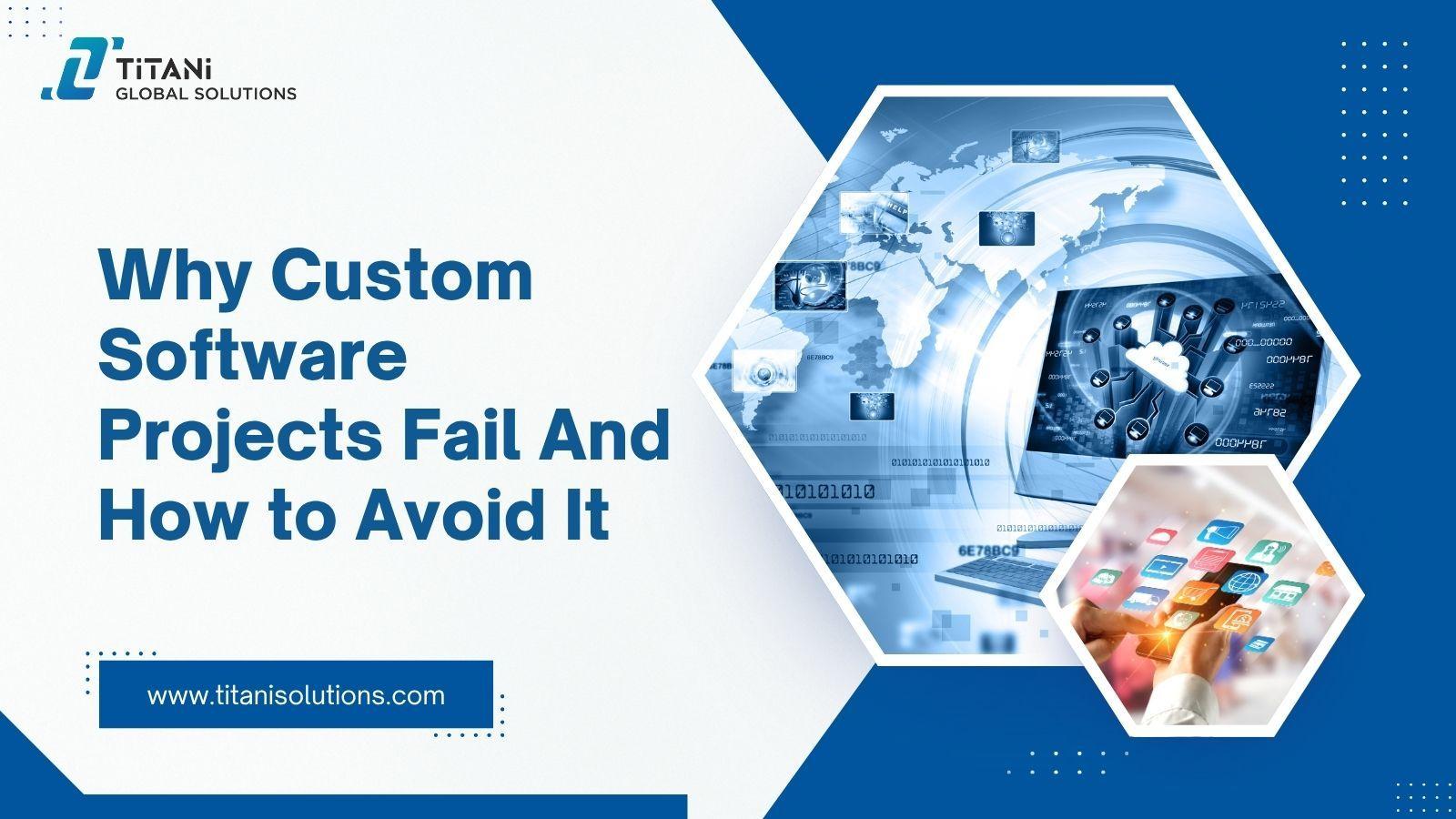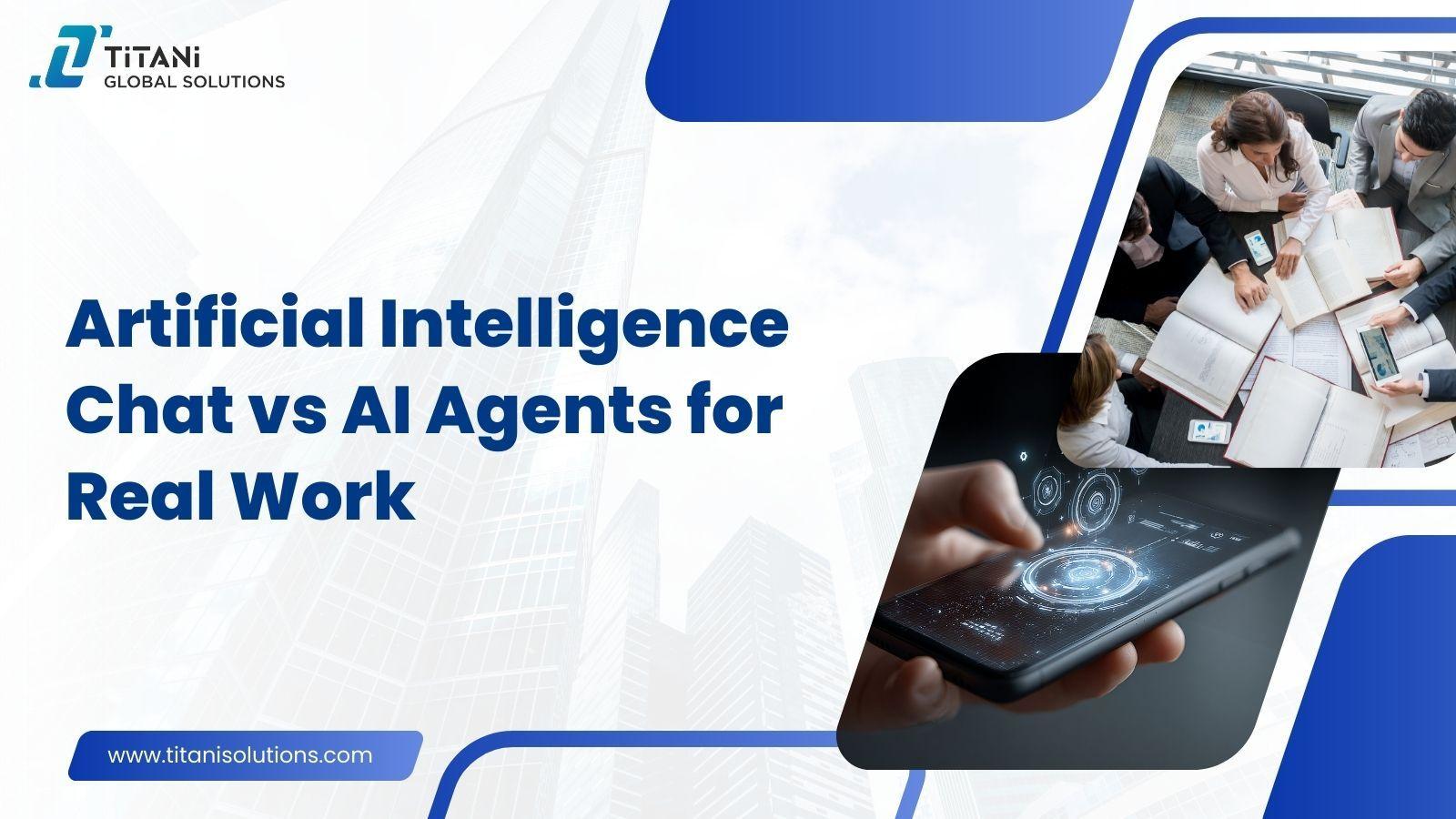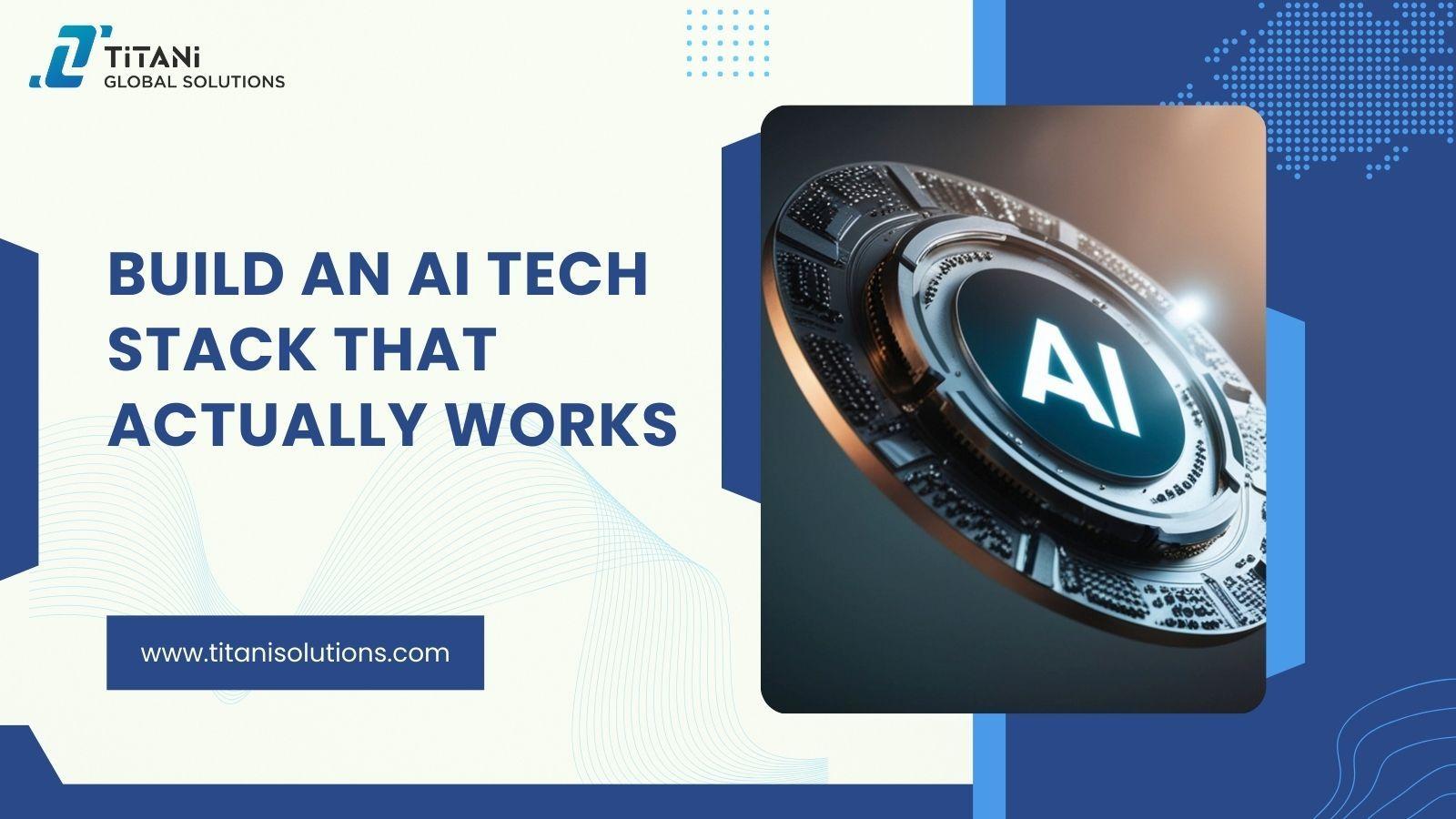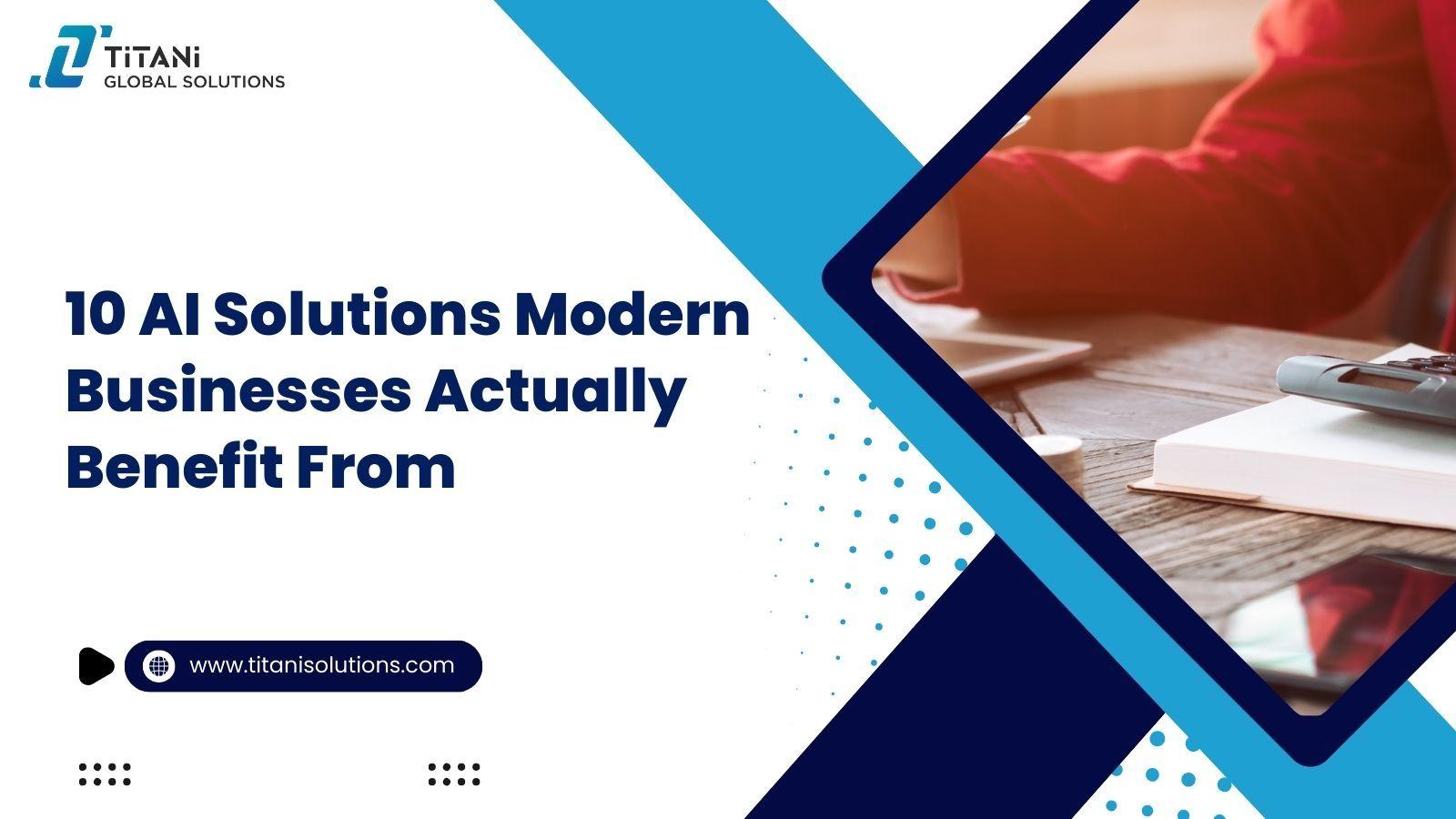Summary for Decision-Makers
Nearly 70% of custom software projects fail to meet expectations — not because of bad code, but due to vague goals, weak communication, poor planning, and scope creep. The costs: budget overruns, missed deadlines, and diminished ROI.
This guide is a diagnostic for CTOs, CIOs, and digital leaders, uncovering the top 10 non-technical reasons projects derail — from unrealistic timelines to ignoring user feedback — and offering a practical framework to avoid them.
The takeaway: success requires more than developers. It demands a clear strategy, strong ownership, phased delivery, and continuous iteration. With the right partner and process, your next custom software project can deliver predictable, lasting business value.

Is your organization consistently grappling with delayed software rollouts, budget overruns, or solutions that simply don't deliver on their promise? If you're a CTO, CIO, Product Owner, or Head of Digital/Innovation in finance, healthcare, logistics, retail, or government, you've likely felt the silent but significant drain these setbacks impose.
Across industries, nearly 70% of custom software projects fail to meet expectations. Scope creep alone inflates budgets and timelines in over half of all cases, while 75% of failures stem from communication breakdowns rather than technical flaws. This isn’t just about missed deadlines. It’s about lost opportunities, diminished ROI, and fading internal trust in your technology roadmap.
This article isn’t a sales pitch. It’s an executive-level diagnostic for enterprise leaders, grounded in practical experience from rescuing complex custom software projects. We’ll uncover the non-technical reasons behind custom software project failure and provide a strategic framework to help you proactively assess and strengthen your development process.
By the end, you'll have a clearer path to reducing project risks, aligning outcomes with business goals, and ensuring your next investment delivers predictable, lasting value.
Why Do So Many Custom Software Projects Fail?
Despite best intentions, software development projects often veer off course, not because of bad code, but because of strategic missteps early in the process.
In our work with mid-sized and enterprise organizations across finance, logistics, healthcare, retail, and the public sector, we’ve seen the same patterns repeat:
A promising initiative begins with unclear goals.
Communication between stakeholders and technical teams starts to drift.
Change requests pile up.
The deadline slips, and the budget follows.
Sound familiar
Whether you build in-house or outsource to a vendor, the risks are real and avoidable. Custom software project failure often stems from decisions made long before a single line of code is written.
Here’s where many projects begin to falter:
1. Unclear Goals and Vague Requirements
A logistics company approaches its vendor and says, “We need a platform to manage our deliveries.” That sounds straightforward until you realize no one has defined what “manage” really means.
Is it real-time tracking? Route optimization? Delivery status updates for customers? Integration with third-party carriers? Without these specifics, the development team is left guessing, and that's where things go off the rails.
Vague requirements are the root cause of misaligned expectations, budget blowouts, and ultimately, software that doesn’t solve the business problem it was meant to fix.
What to do instead:
Start by articulating the business pain: “We’re losing visibility once goods leave the warehouse.”
Turn that into user stories: “Our dispatchers need to view all active deliveries and get alerts when delays occur.”
Define KPIs for success: fewer missed SLAs, reduced customer complaints, etc.
Choose a partner that doesn’t just build what you ask but helps refine what you actually need.
2. Communication Breakdowns Between Teams
Poor communication is one of the most common and costly, reasons custom software projects fail.
When teams work in silos, feedback is delayed, requirements get lost, and misalignment leads to rework. This risk increases when collaborating across time zones or with offshore partners.
How to prevent this:
Set up regular check-ins with clear agendas and ownership.
Use shared tools (Jira, Slack, Confluence) to track updates and decisions.
Align on deliverables early and document changes promptly.
Review early prototypes to catch issues before they escalate.
3. Choosing the Wrong Development Partner
Many failed projects trace back to this early misstep: partnering with a vendor that isn’t the right fit for your industry, complexity level, or long-term vision.
Some firms may excel at building mobile apps but lack experience with large-scale platforms, legacy system integrations, or compliance-heavy industries. Others might offer tempting prices, but lack the strategic thinking needed to solve real business problems.
When the focus is solely on coding, not understanding your domain, you risk paying twice: once for the initial build, and again to fix it later.
What to consider instead:
Evaluate past work in your domain (not just generic case studies).
Ask for enterprise client references with similar complexity.
Ensure they offer more than just development, look for strategy, QA, and long-term support.
Choose a partner that can challenge assumptions, not just say “yes.”
4. Skipping the Planning Phase
In a fast-paced business environment, there’s pressure to “just get started.” But when planning is treated as a checkbox rather than the foundation, projects fall apart.
It’s not uncommon for companies to skip the discovery phase, dismiss UX mockups, or under-resource early-stage architecture design. The result? Rework, rising costs, and missed user needs.
A custom software project failure often begins when strategic planning is sacrificed for perceived speed.
How to prevent this:
Invest time in detailed discovery and documentation.
Map workflows and user journeys before development starts.
Include design, architecture, and QA teams from day one.
Align business, product, and technical teams around a shared vision.
5. Unrealistic Timelines and Budgets
Many leaders set deadlines based on business goals, not development realities. Or worse, budgets get cut mid-project, forcing teams to compromise on quality or functionality.
Ambitious goals are good. But when there’s no buffer for iteration, testing, or feedback, the pressure leads to burnout, bugs, and broken expectations.
How to approach timelines strategically:
Break the roadmap into phased releases or MVPs.
Estimate each milestone with input from your delivery team.
Build in contingency for changes or unforeseen blockers.
Be open to adjusting the scope rather than forcing shortcuts.
6. Ignoring User Feedback
A common blind spot in enterprise software projects? Building in isolation.
Without involving the real users who will interact with the platform daily, teams risk launching products that are confusing, clunky, or simply unused. Internal stakeholders might sign off on functionality, but if the end-users struggle, adoption stalls, and your ROI vanishes.
Ignoring user input is not just a UX issue - it’s a business risk.
How to keep users in the loop:
Share early test versions (beta builds, clickable prototypes).
Conduct short surveys or interviews with key user groups.
Treat feedback not as criticism but as fuel for improvement.
Build testing and iteration into your timeline, not as an afterthought
7. Adding Too Many Features Too Soon
Scope creep doesn't always come from clients; it often stems from within the organization itself.
As excitement builds, stakeholders frequently start tossing in "just one more" idea, whether it's for a live chat feature, new analytics, more integrations, or custom dashboards. While each of these additions may be useful on its own, they quickly bloat the product and derail the timeline.
This pattern is so common that, according to the Project Management Institute (PMI), scope creep contributes to 52% of all software project delays. An MVP (Minimum Viable Product) that gets bloated is no longer viable. It just becomes a messy, complicated, and costly mess. To stay focused and on track, you must:
Define a clear MVP (Minimum Viable Product) based on core user needs.
Prioritize features using business value vs. complexity matrices.
Document change requests and park non-critical items for Phase 2.
Reinforce the mindset: launch lean, learn fast, scale smart.
8. Skipping Quality Checks
Relying on developers to test their own code might save time upfront but it almost always costs more down the line. From usability bugs to performance lags, minor issues left unchecked during development often snowball into post-launch headaches.
And in industries like finance or healthcare, a small glitch can mean compliance violations, lost customer trust or worse.
Cutting corners in QA is a fast track to custom software project failure.
Best practices for strong QA:
Assign dedicated QA engineers, not just developers double-duty.
Include functional, usability, and performance testing in each sprint.
Run UAT (User Acceptance Testing) with real users and edge cases.
Don’t launch unless the product passes basic UX and reliability benchmarks.
9. No Clear Ownership
Even the most skilled development team can’t succeed without strong direction. One of the quietest killers of software projects? Unclear ownership.
When multiple stakeholders provide conflicting feedback or when no one takes responsibility for final decisions, progress stalls, priorities shift, and teams waste valuable time chasing moving targets.
Without a single point of contact, you risk creating a product by committee… and no one ends up satisfied.
How to keep your project on course:
Assign a clear product owner or project lead from your side.
Empower them to make timely decisions and sign-offs.
Use a structured communication process for change requests and approvals.
Maintain one primary channel for official updates and direction.
10. Ignoring Post-Launch Support & Evolution
Too many organizations treat software deployment as the finish line. But in reality, launch is only the beginning.
Once users start interacting with the system at scale, new needs, edge cases, and improvement opportunities always emerge. Without a plan for support and continuous iteration, even great software begins to show cracks.
Neglecting post-launch care is a fast path to frustration, for users and stakeholders alike.
How to ensure long-term success:
Budget time and resources for updates, bug fixes, and enhancements.
Schedule regular check-ins with your development partner post-launch.
Monitor usage analytics and user feedback to guide the roadmap.
Work with a partner that offers end-to-end software services from planning to optimization.
Final Thoughts: Avoiding Custom Software Project Failure with the Right Approach
Most software failures don’t stem from poor technology. They result from overlooked strategy, vague planning, or misaligned expectations. Whether you’re building a financial platform, a logistics dashboard, or a government service portal, the risks are real, but so are the solutions.
Let’s recap the most common causes of custom software project failure:
Vague goals and shifting requirements
Communication gaps between teams
The wrong development partner
Rushed or missing planning phases
Unrealistic budgets and deadlines
User feedback is ignored until it’s too late
Feature bloat that slows everything down
Skipping QA and testing
Lack of a clear decision-maker
No support or iteration after launch
Each of these is preventable with the right strategy, processes, and team.
Strategic Tips to Make Your Next Project a Success
Define success early. Get alignment on what the software must do, who will use it, and what “good” looks like.
Choose partners, not just vendors. Look beyond code to strategic alignment and long-term support.
Think in phases. Launching an MVP gets you to value faster and creates space for iteration.
Stay close to your users. Their feedback will shape a better product than any internal assumption.
Plan for what comes after. Support, updates, and iteration aren’t optional; they’re part of the roadmap.
Looking Ahead: Partner with Experts Who’ve Seen It All
At Titani Global Solutions, we’ve helped enterprise clients across the Middle East, North America, and Southeast Asia turn struggling projects into business success stories.
Our end-to-end custom software development services are designed to:
Minimize risk through structured discovery and planning
Align development with real business logic and user behavior
Prevent scope creep with proactive project leadership
Deliver stable, scalable solutions - on time, on budget, and with full QA
If your team is planning a critical software investment or recovering from one that didn’t go as planned, we’re here to help you chart a smarter path forward.
Let’s build something that works. Talk to a Titani Global Solutions advisor today.



